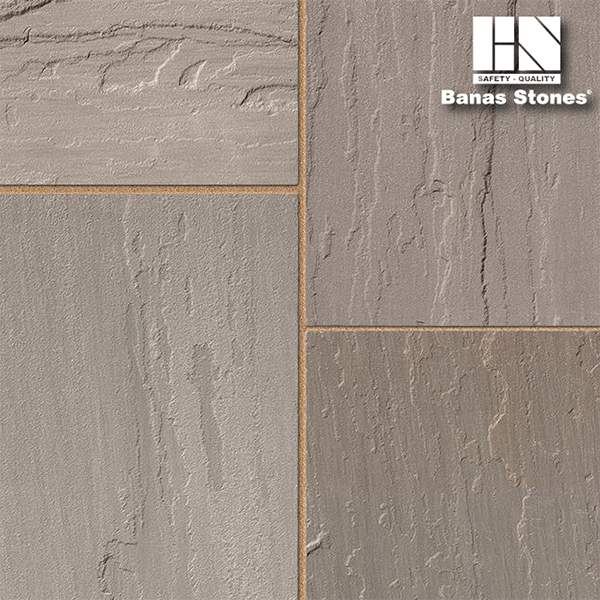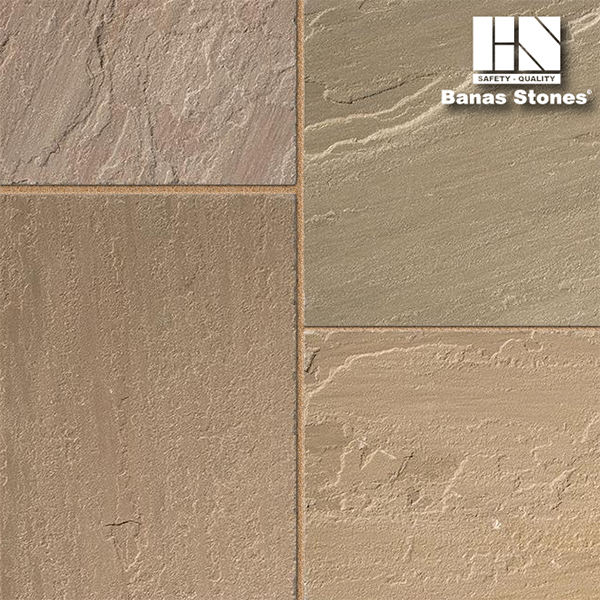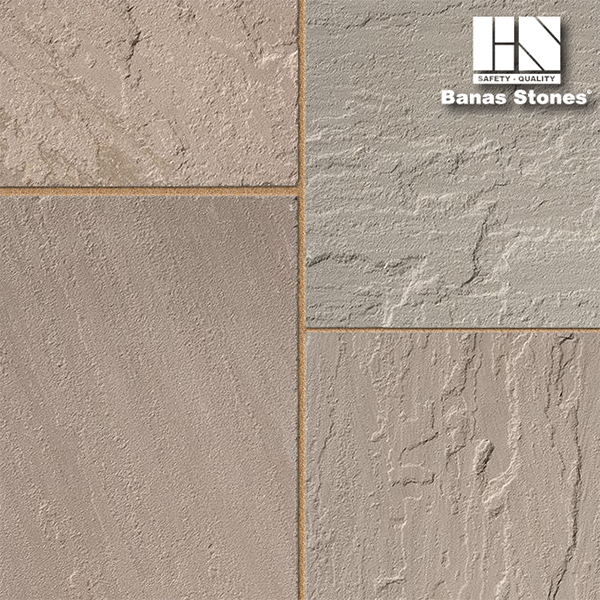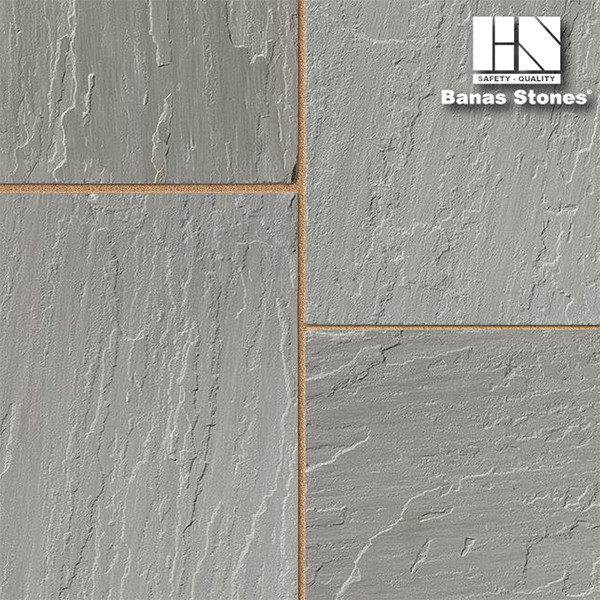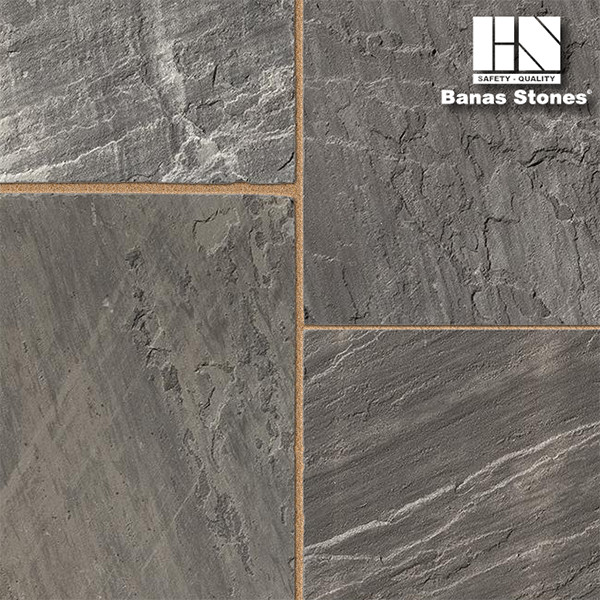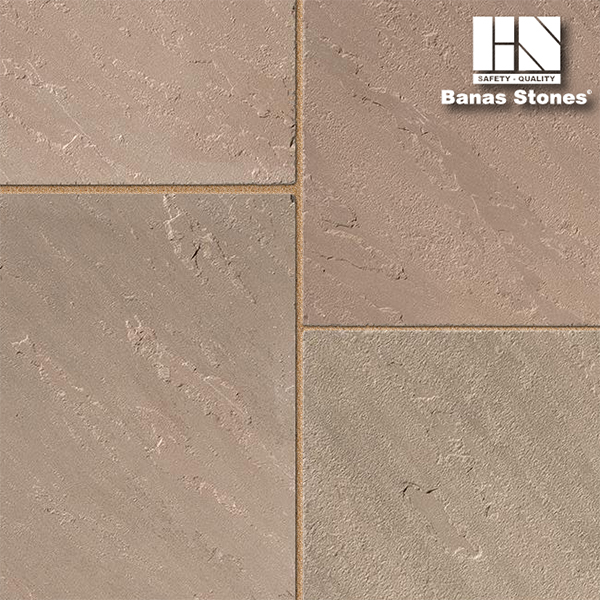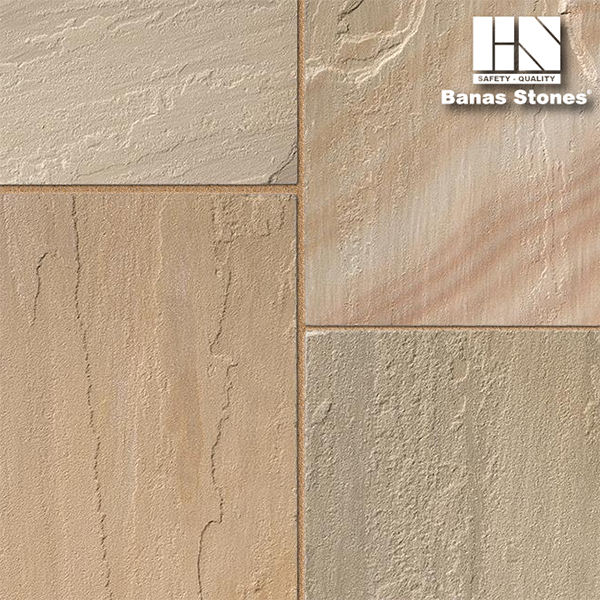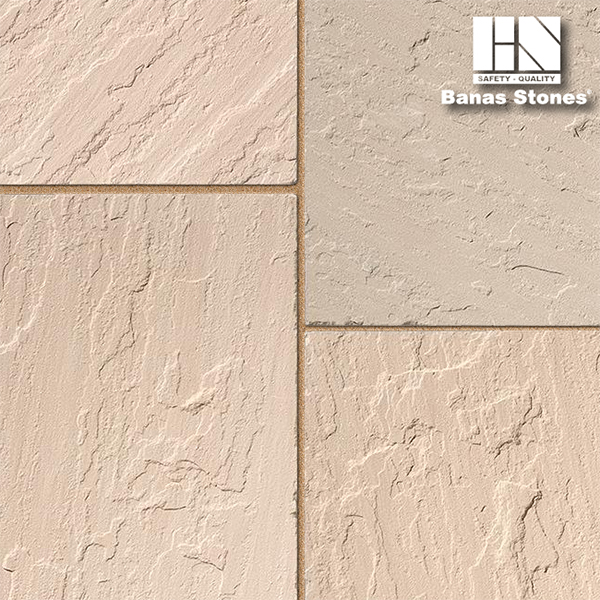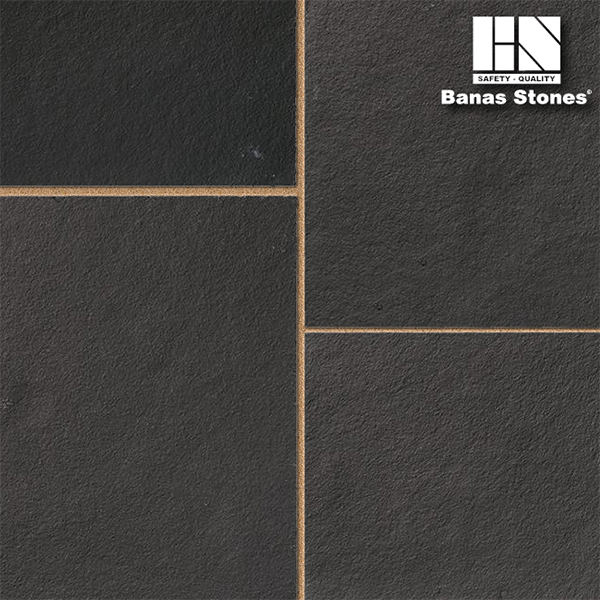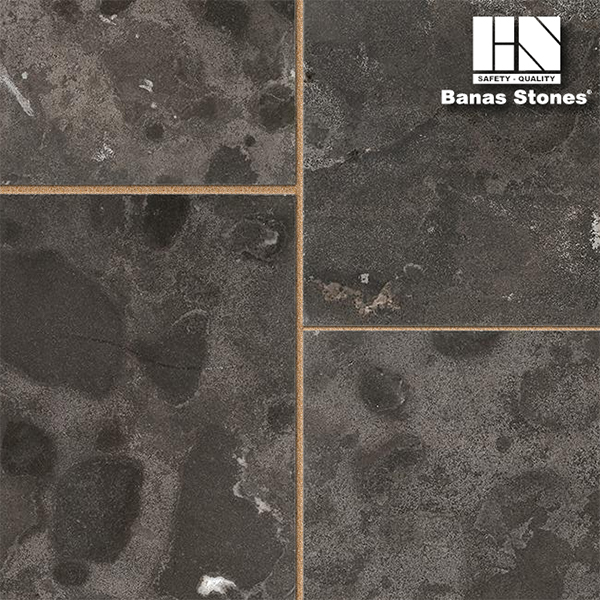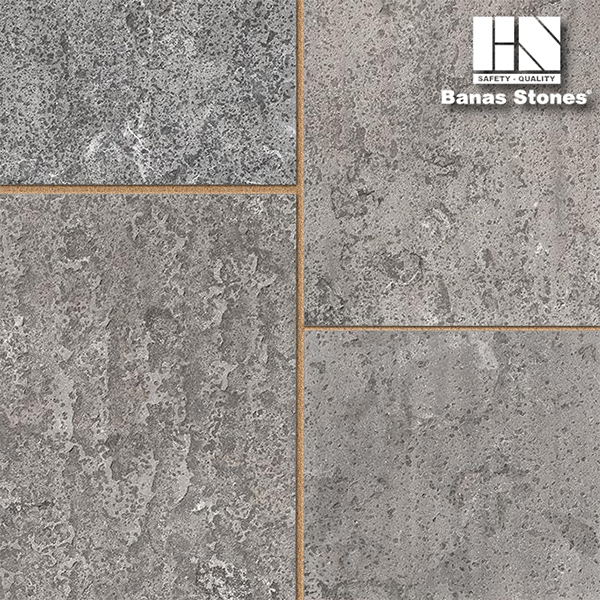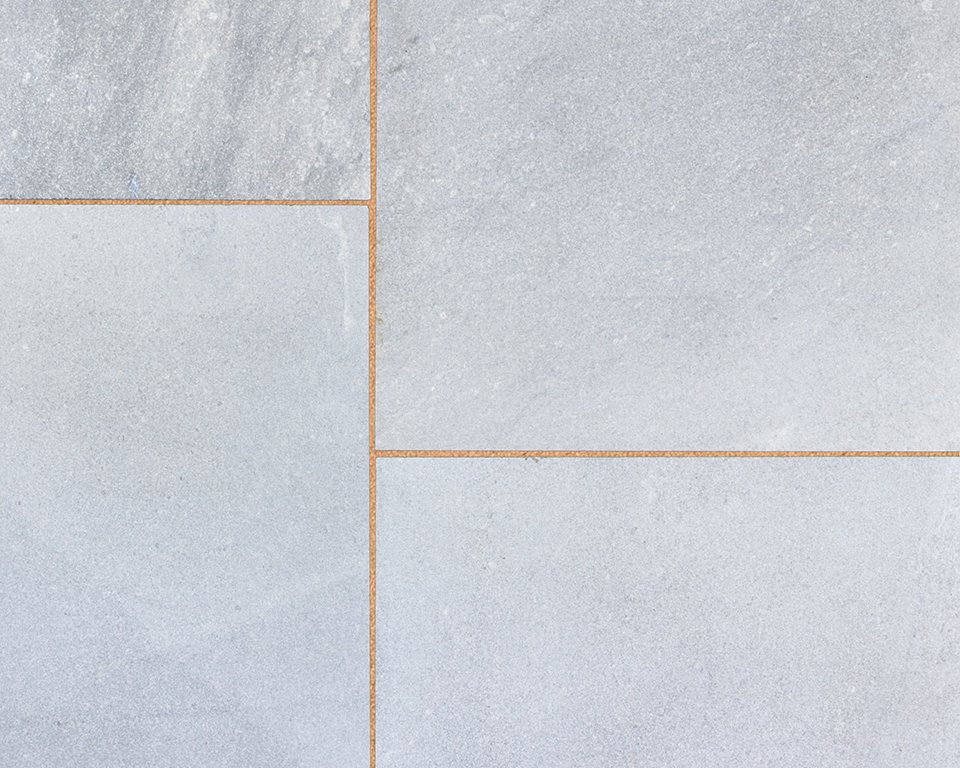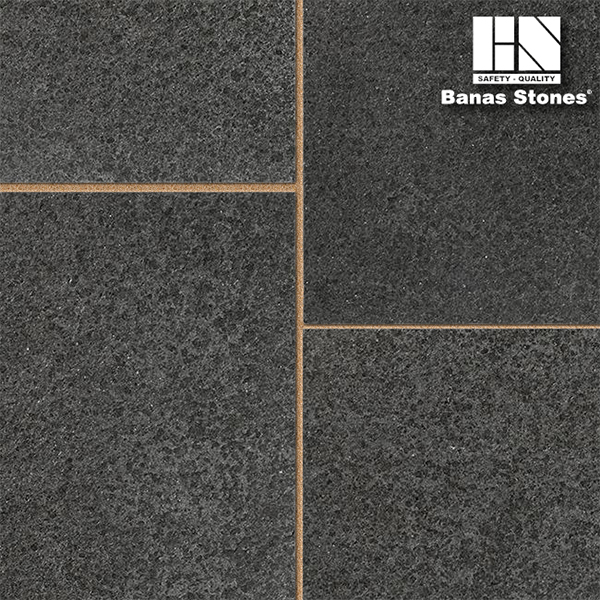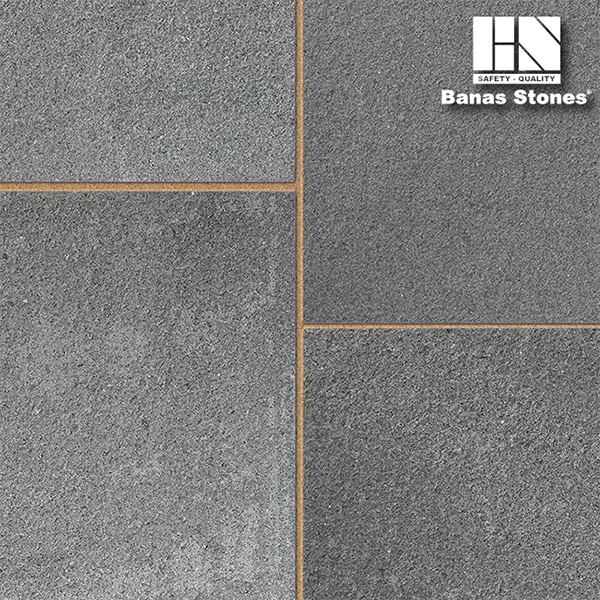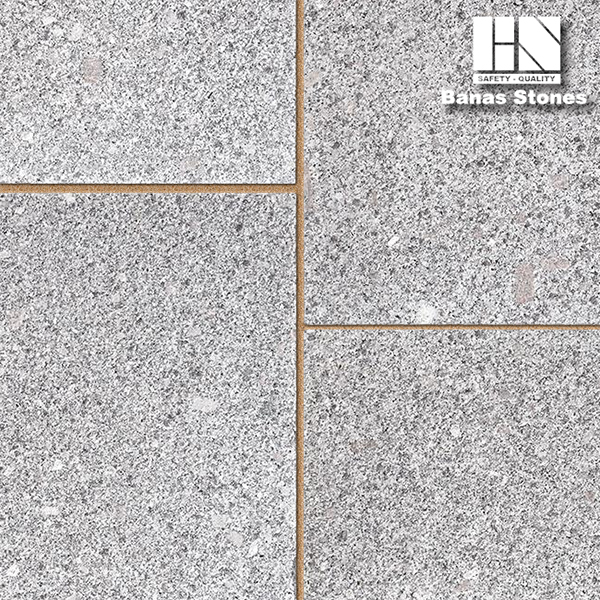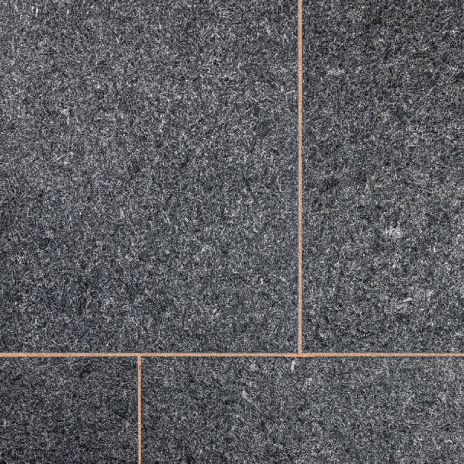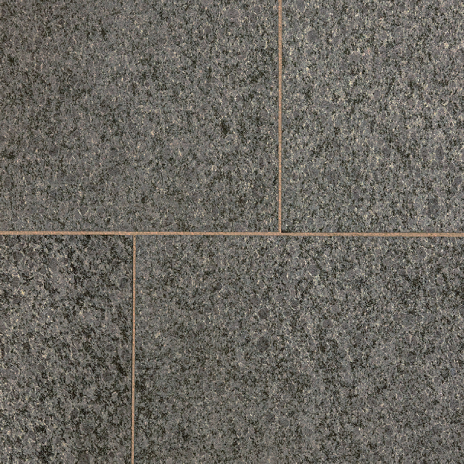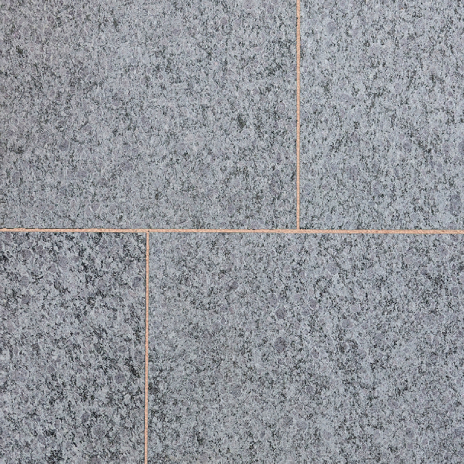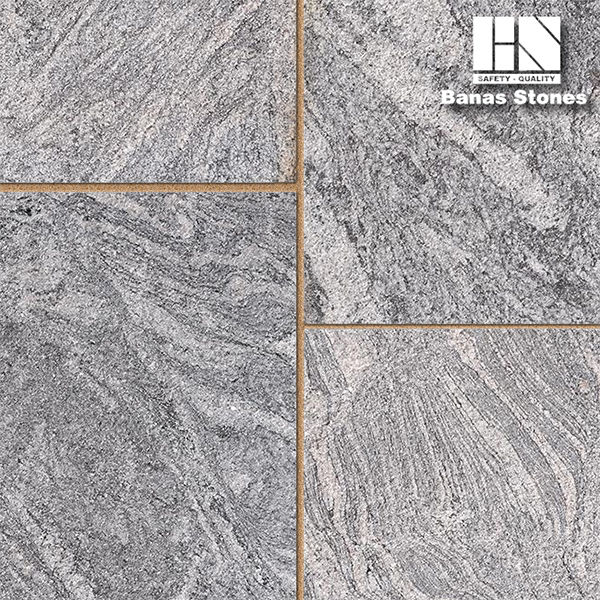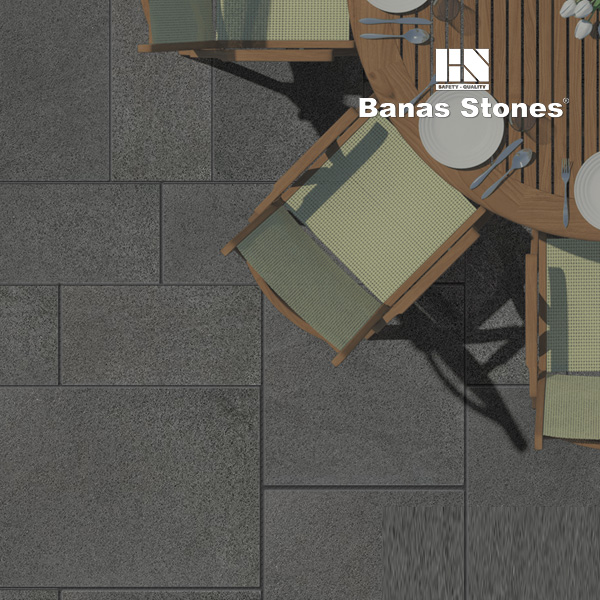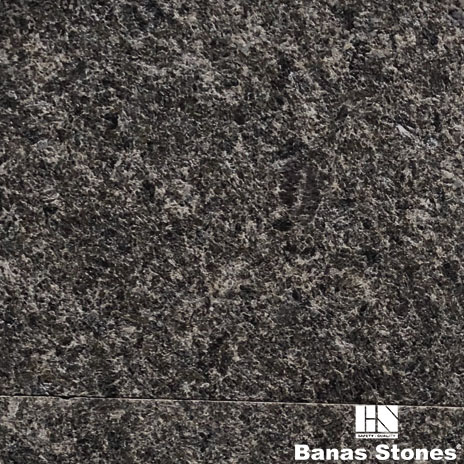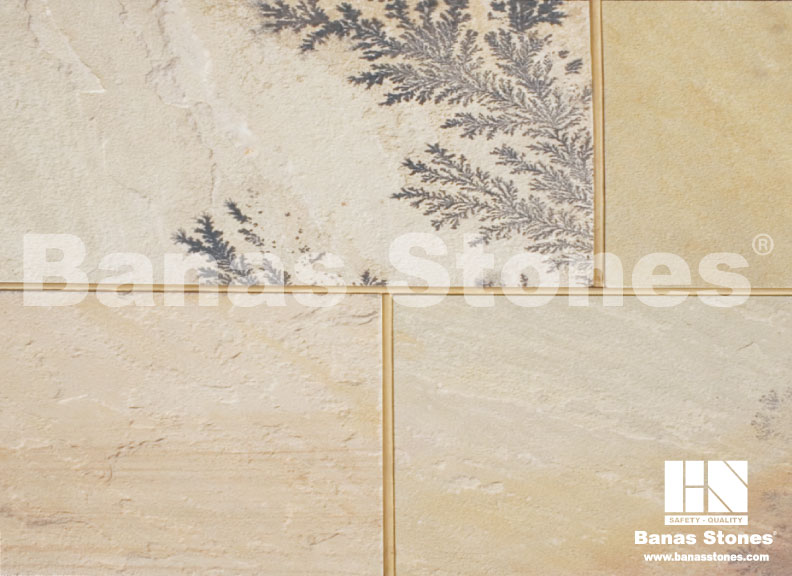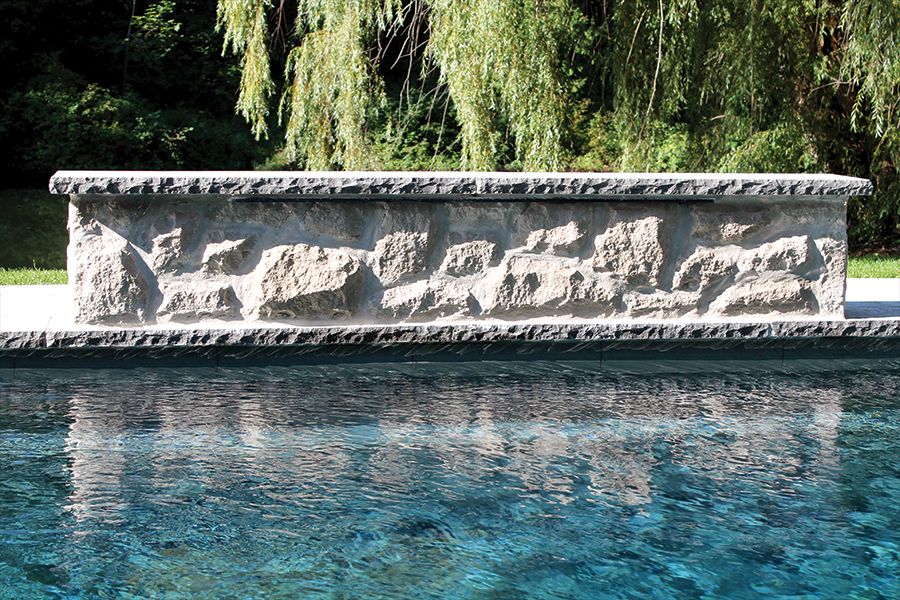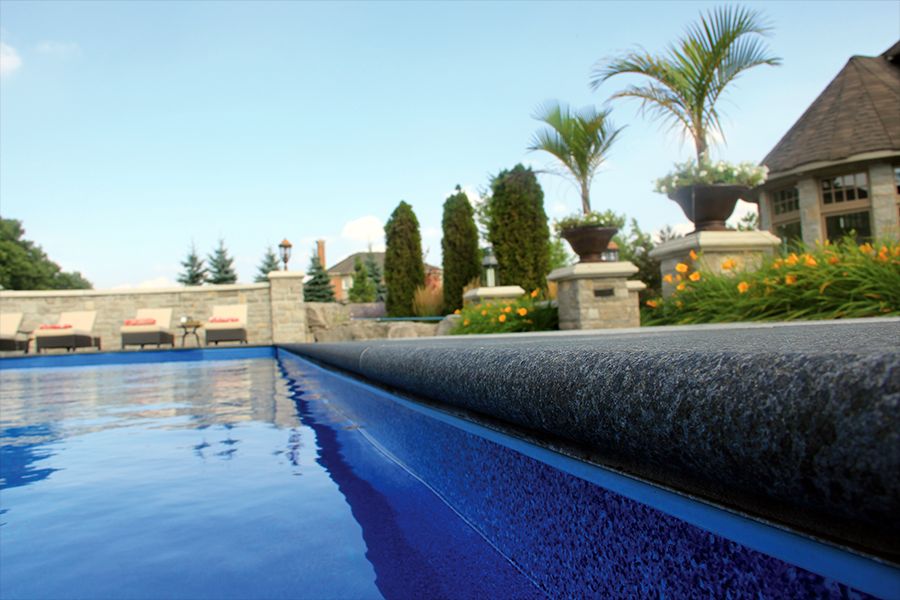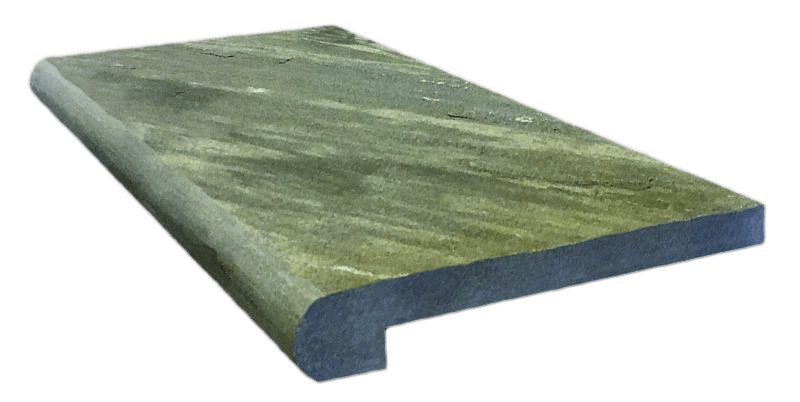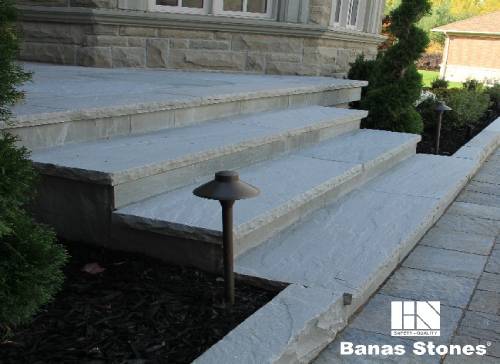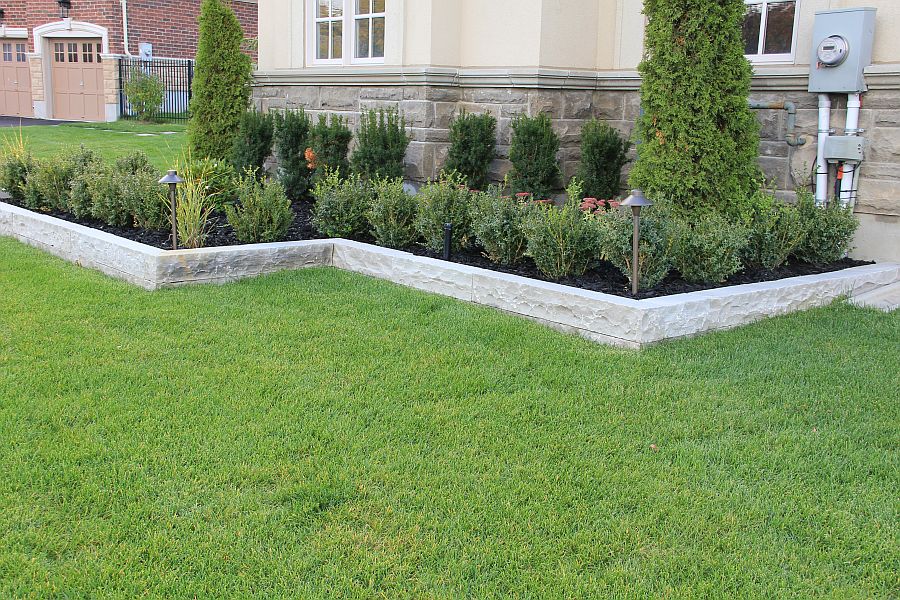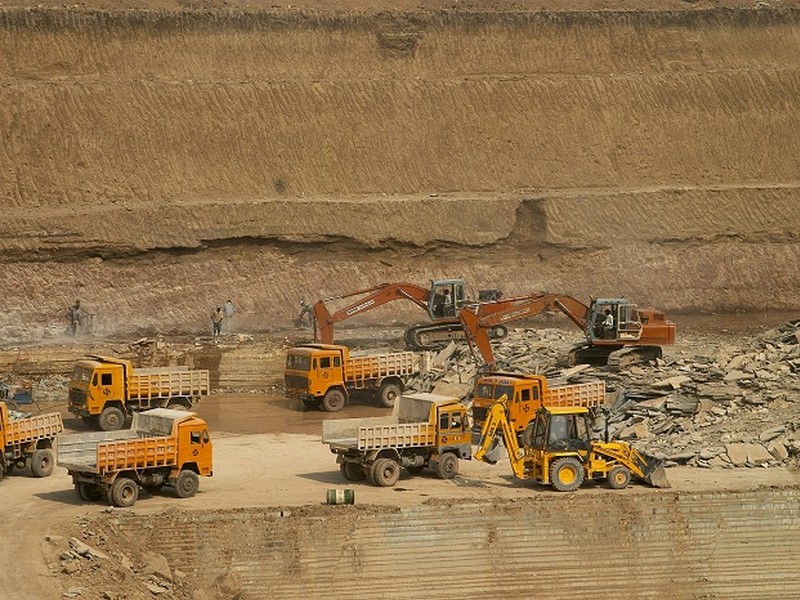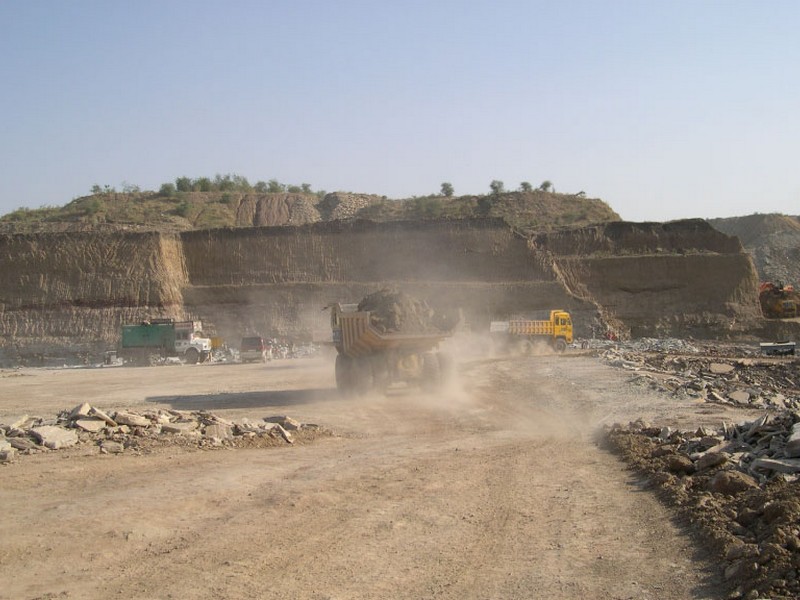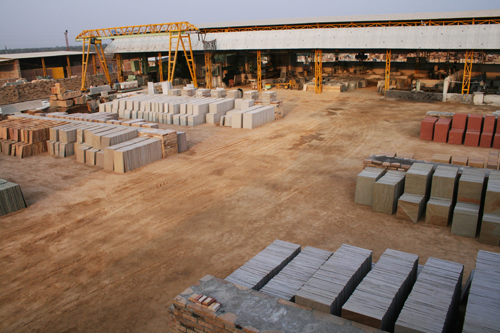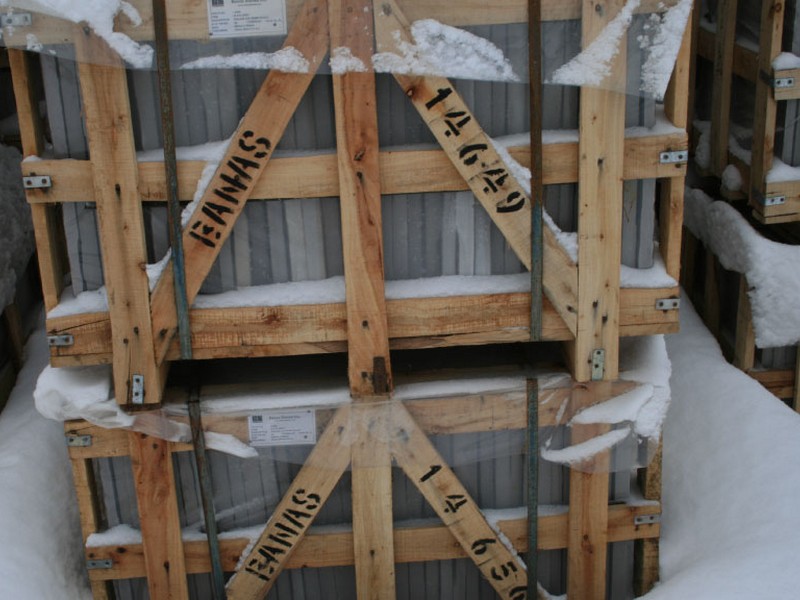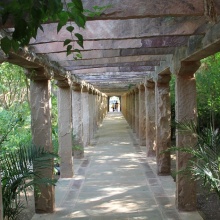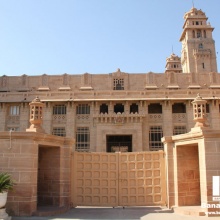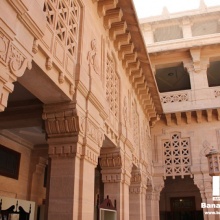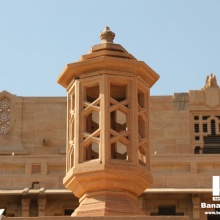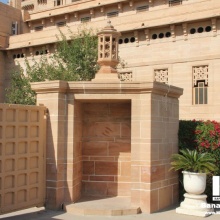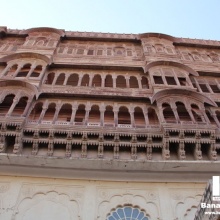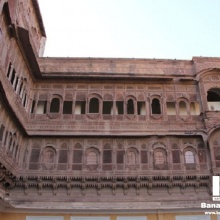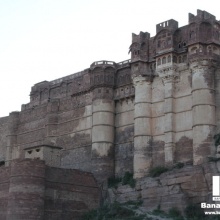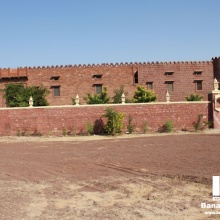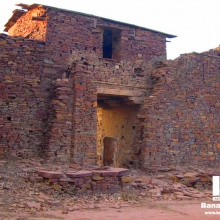Natural stone harvested from the earth by the earliest civilizations since the beginning of time, as early as when molten lava was forced into the Earth’s crust. This material was utilized to build cathedrals, monuments, museums, houses of government, churches, and homes. The Egyptians, Greeks and Romans used a variety of natural stone including sandstone, limestone, and granite to construct structures with the intent that the buildings would last forever as both practical buildings to be used daily and as artistic offerings to the nobility and gods.
The Egyptians constructed the first pyramid in 2700 B.C. and used locally quarried limestone. Following the success of this pyramid, the Egyptians moved on to constructing larger and more magnificent pyramids, using a combination of solid blocks and cover pieces of limestone, sandstone, and granite. They used both sandstone and limestone in 2500 B.C to build the Temple of Dendur and the Great Pyramid of Giza. The structures today, more than four thousand years later are a testament to the incredible durability of natural stone.
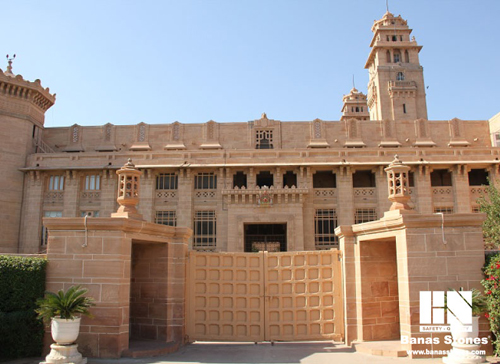
The Greeks also used natural stone when constructing their temples, deeming the stone a worthy material for the gods. Limestone in particular was readily available and relatively easy to work with and so it was used for all types of buildings as well as sculptures. The Greeks used natural stone to build the Second Wonder of the Ancient World, the marble pillars in Parthenon, as well as the Temple of Artemis. This temple contained 36 stone columns which acted as protection for the limestone-based inner sanctum of the temple.
The Romans used natural stone to build more common structures for daily life including amphitheatres, houses, apartments, and baths. They also used natural stone for their most famous and enduring buildings of all time: the Coliseum and the Pantheon. All of these buildings can be classified as some of the most elegant and iconic buildings and monuments of all time. They have withstood the test of time and will continue to do so for many years to come.


